From Munich I took a train to Nuremberg Main Station, where I would then switch to a smaller train line heading to the town of Roth, my first actual stop on this trip. The total land travel time was around 3 1/2 hours, but at 23 Euro I can’t really complain (versus 100+ Euro to fly from Munich to Nuremberg).
I wrote in length about my Roth stay and Challenge Roth spectating on my running blog. Continue to read here if you want more travel-related insights instead of triathlon 🙂
It was my second year to stay with the Merz family in Büchenbach, which is three kilometers away from the Roth town center. The eldest daughter Mona had done Challenge Philippines back in 2013 and had met my friend Raymund (who was financing the event that first year). She extended an invitation for Raymund to stay at her family’s place if he ever came to do Challenge Roth, and I benefited from that invitation when ultimately it was I who did the race in 2014. What made things so much easier is that most everyone in Roth gets into the spirit of things triathlon, and I definitely felt most welcomed.
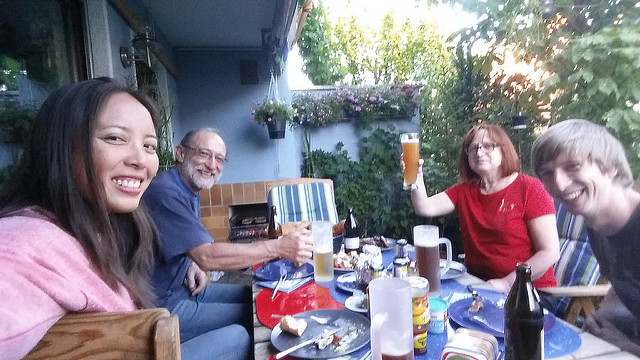
dinner on the patio with the Merz family (Mona had to work late volunteering at the Challenge Roth pre-events)
While Nuremberg is in the region known as Bavaria, culturally they identify first as Franconians, and then Bavarians. European history being what it is, Franconia only became part of the kingdom of Bavaria due to the Bavarian alliance with Napoleon Bonaparte. The state colors of Franconia are red and white versus the Bavarian blue and white. While most of Bavaria is Catholic, the Franconian areas are a mixed bag of Protestants and Catholics. The East Franconian German dialect is also different from the Austro-Bavarian dialect. Poppa Jürgen taught me “Baßd schö” which is the highest compliment a Franconian can bestow (literally “it fits so” or “it’s all right”).
I have to say, their treatment of me both of my stays was definitely baßd schö!
Even though at that point Europe had been in a heat wave, the weather in Roth was a bit unpredictable. Mornings were chilly, and on one day that week there were summer showers that chilled the poor tropical Asian (me). Jürgen and Uschi made sure to get me warm by lighting their furnace (in July!) and serving me warm mulled wine.
I arrived on a Tuesday and the main event was on Sunday. Pre-race events would be ramping up from Thursday onwards, so Wednesday was a good opportunity to head to Nuremberg and get a guided tour in. Thanks to Viator I was able to book a walking tour of the old city and the rally grounds that were used extensively in the Nazi pre-World War II propaganda films.
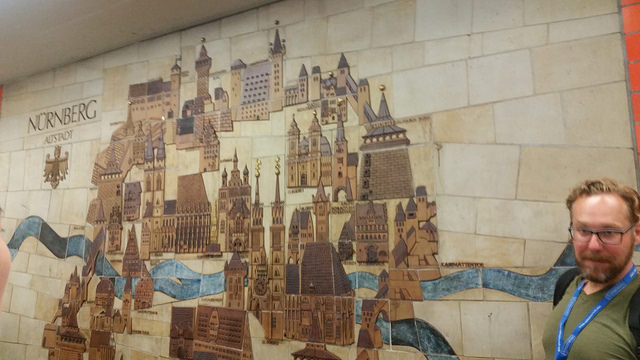
our tour guide Jason is a history teacher from the US who’s been living in Germany for… quite a while now
Nuremberg is the second-largest city in Bavaria after Munich, with about 500,000 inhabitants. (They don’t have mega-cities like Metro Manila in this part of the world!) It’s a very old city dating back to the Middle Ages when it was the site of an imperial castle. It became an important center of trade and a seat of royal power, known as the unofficial capital of the Holy Roman Empire.
Nuremberg was also the site of the first German railway, the Bavarian Ludwigsbahn. Even now, its main station is the largest station in north Bavaria and links not just to major cities in Germany but also to Austria and the Czech Republic.
- Don’t forget to look up! Plenty of interesting rooftops.
- the Fountain of the Virtues, where water spouts out of the statues’ bounteous breasts :O
- a Franconian knight
- Nuremberg’s weird art pieces
- pigeons
- pedestrian zone in the Old Town
- the Frauenkirche (Church of Our Lady) has a mechanical clock that plays out a scene at midday
- check out that sun dial!
- Nuremberg Castle (the Franconian standard flies higher than the Bavarian standard)
- walking back through time
- medieval masonry
Nuremberg’s position as a cultural as well as industrial center made it an attractive ground for the Nazi party’s rallies. Its iconic architecture also figured greatly in the propaganda films shot during that time. As the former center of the Holy Roman Empire, it harked back to a mythical “reich”, of which Adolf Hitler’s Third Reich purported to be a successor.
We went to the Nuremberg rally grounds, which was a short bus ride from the Old Town. Many of the structures that had been built here by the Nazis were torn down during the “de-Nazification of Germany”. Now only a few facades and buildings are left, with the rest of the area turned into a lovely park and festival grounds. Some areas remain undeveloped as the city government doesn’t know what to use them for.
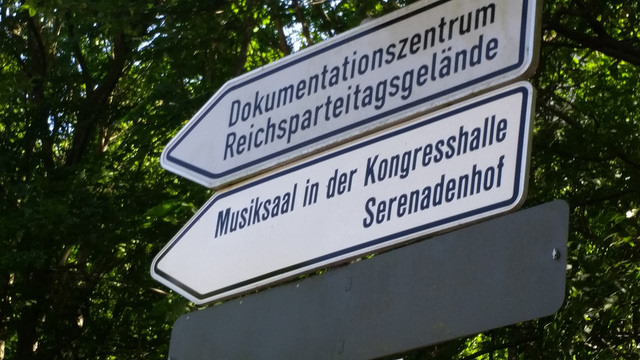
the Congress Hall houses the Documentation Center with a permanent exhibit “Fascination and Terror”, and a music hall

the Congress Hall that houses the Documentation Center. Beside are the grounds now used for summer festivals.
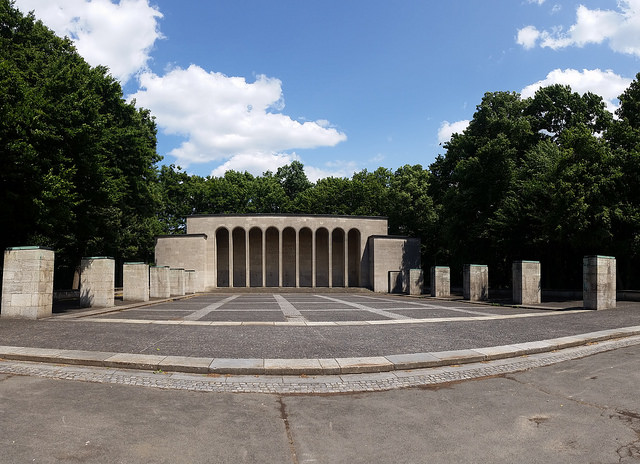
The Hall of Honor on the Nazi party rally grounds. This was built during the Weimar Republic; all Nazi-built buildings have been demolished.
It’s a pretty grim reminder of that dark period in German history when the machinations of a totalitarian regime were masked by a democratic facade. These structures and their history are so well-documented, standing testimony to Germany’s determination never to forget and never to repeat what happened.
(I only wish we Filipinos had done the same thing post-EDSA Revolution.)
After my tour, I met up with the Filipino crew who were doing Challenge Roth that year. We sat down and had some Nurnberger sausages, a city specialty. They usually serve them three-in-a-bun and washed down with some good beer. Aside from the usual Weißbier (white beer), we also sampled Schwarzbier (black or dark beer) and Rotbier (red beer).
While I am not normally a beer drinker (I prefer red wine), I will always make an exception when in Germany — especially in Franconia! They are serious about their beer, and every town has its own brewery. These brews were some of the most flavorful beers I have ever had, and everything I’ve had since has paled in comparison. I turn my nose up now at commercial beers like Erdinger, or Stella Artois, or Hoegaarden. Don’t get me wrong, those are still good beers (and quite expensive when imported into Manila), but once you’ve had a locally-brewed rotbier in a biergarten, you’re spoiled for anything else.
So now I stick to red wine when drinking socially 😉
Some language giggles to end this post:

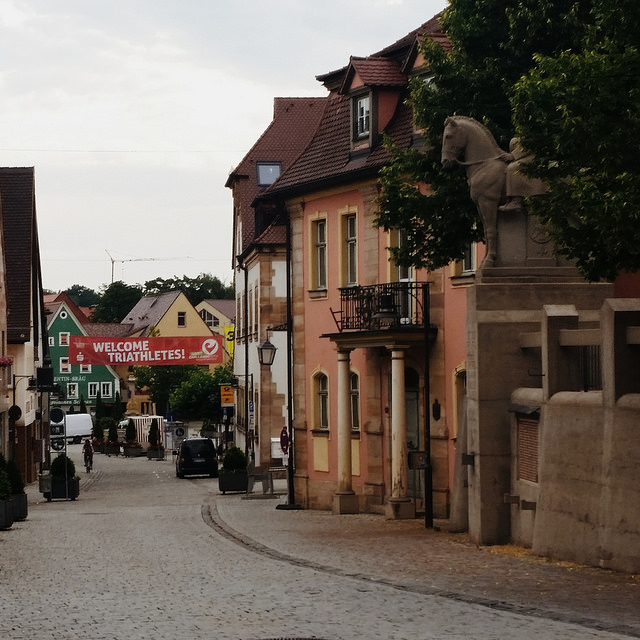
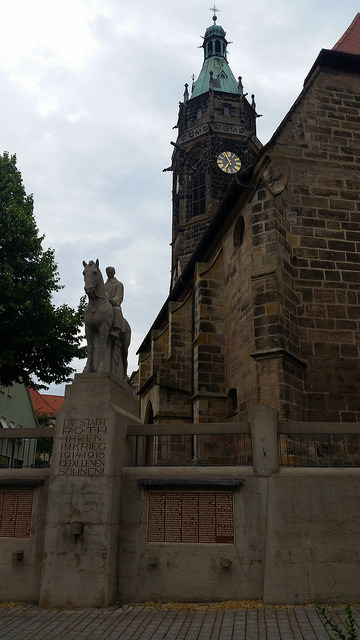
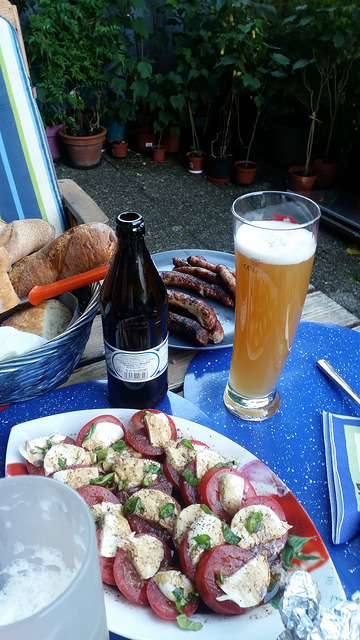
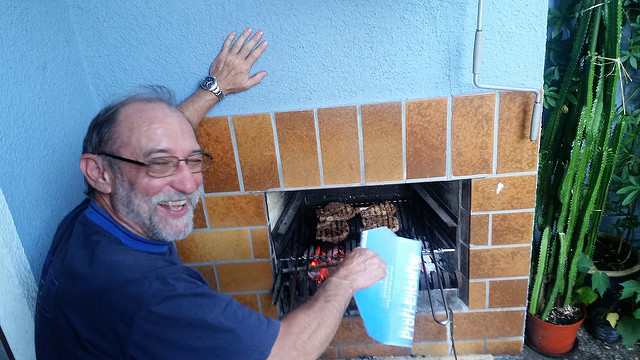
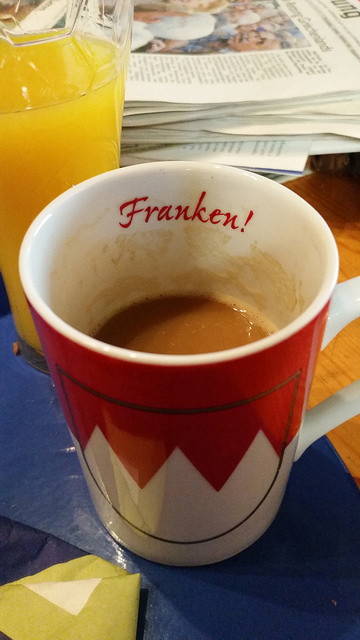
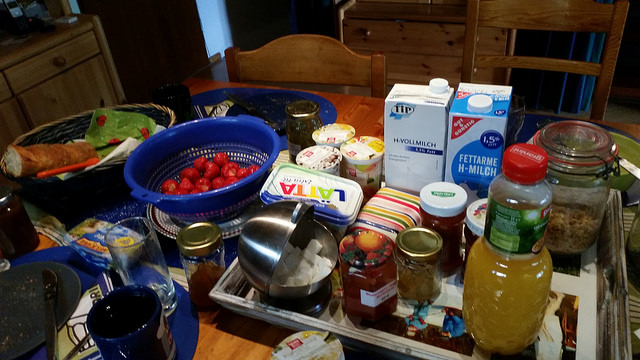
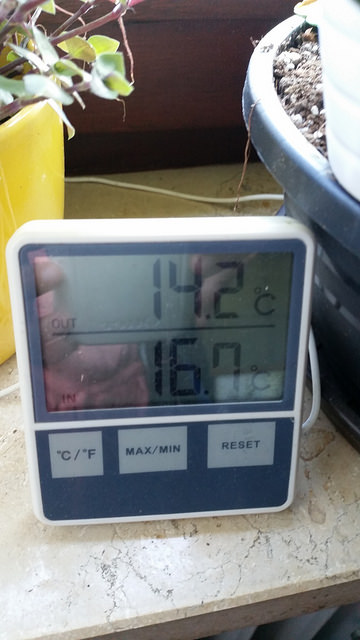
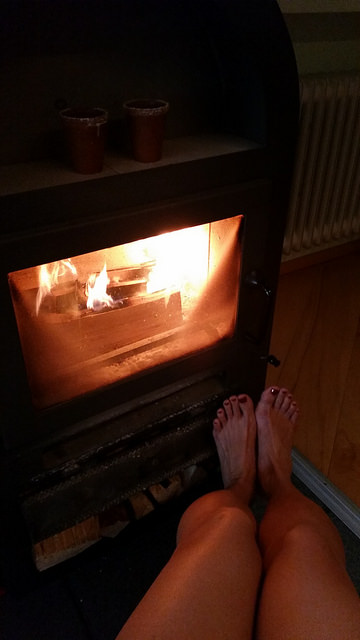
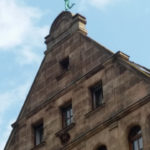
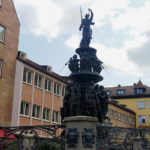
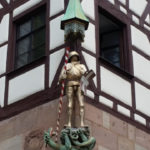
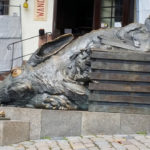
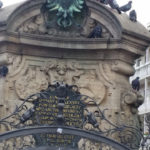
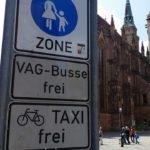
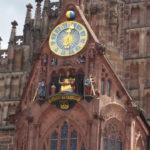
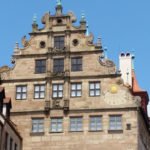
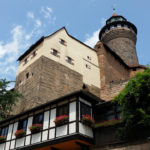
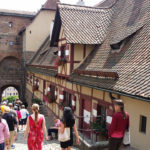
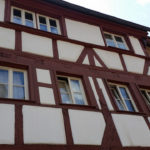
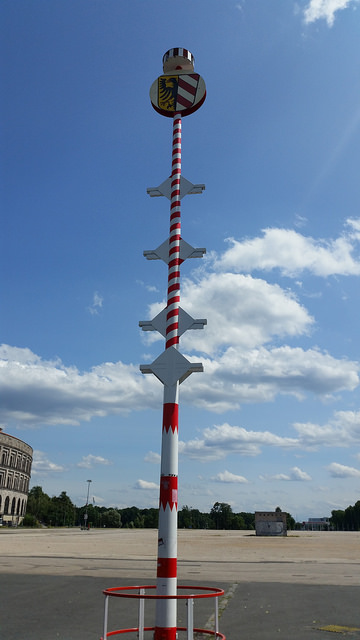
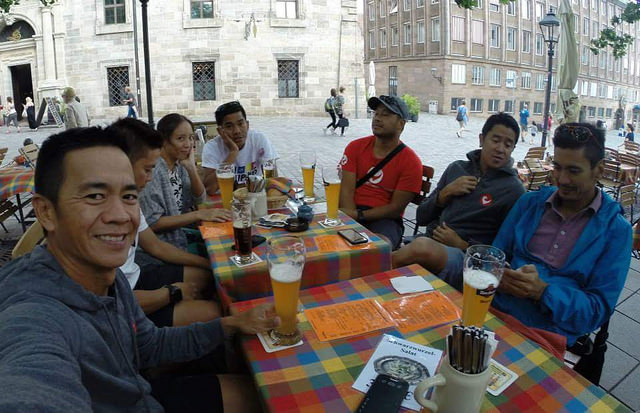
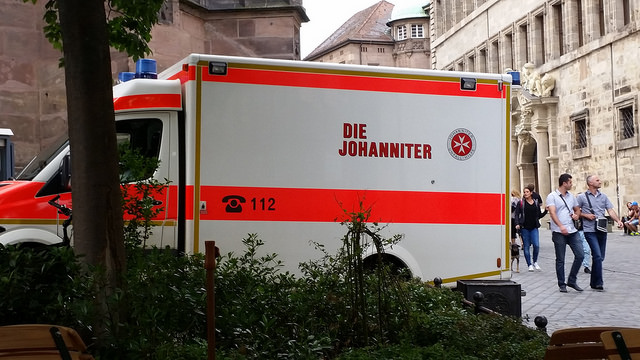
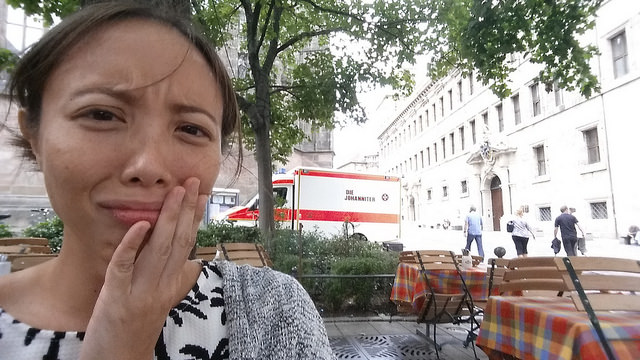
 Follow
Follow